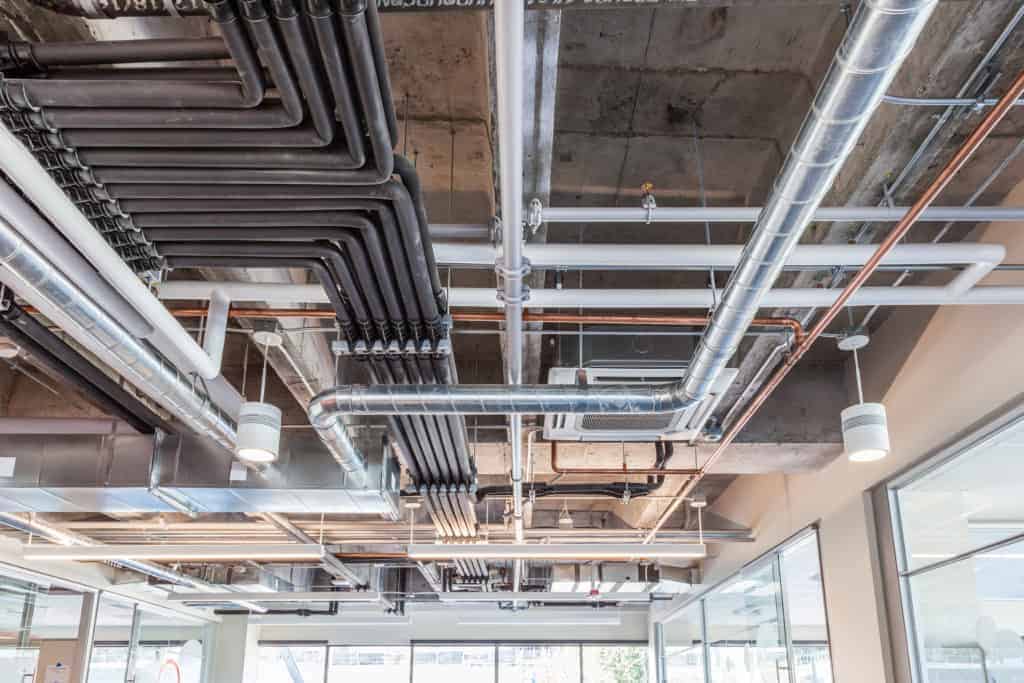We inhale approximately 15,000 or more quarts of air per day. That’s a lot, right? With that being said, it’s crucial for our health that we care about our indoor air quality. So, here are some facts and statistics about indoor air quality that explain why your company or organization should make it a priority.
1. You spend about 93% of your life indoors.
According to the Environmental Protection Agency, an average person spends 87% of their life indoors and 6% in a car. Altogether this is 93% and with the current stay-at-home orders, that percentage has no doubt increased.
2. The quality of indoor air can be 2 to 5 times more polluted than the worst outdoor air.
And in some extreme cases, the air quality is 100 times worse than the open air. Some people think indoor air is an escape from the outdoor air but after this statistic maybe we should think twice.
3. The EPA has ranked indoor air pollution among the top five environmental dangers.
The EPA has recognized that poor indoor air pollution is a severe problem. Indoor concentrations of pollutants have continued to increase in recent decades due to factors like energy-efficient building construction that lacks sufficient mechanical ventilation to ensure adequate air exchange.
4. There has been an alarming increase in the number of children with severe allergies and asthma.
According to the Asthma and Allergy Foundation of America, more than 50 million Americans have experienced various types of allergies each year. Nasal allergies often triggered by pollutants like grass and weed pollen affects 6.1 million of the children population and 20 million of the adult population. Poor air circulation in buildings has been linked to an increase in allergies as well.
5. Allergies, asthma, lung cancer, and heart problems all have been linked to poor air quality.
The American Heart Association has linked poor air quality to heart problems while the American Lung Association lists it as a leading cause of lung cancer. Other conditions, such as mesothelioma, are linked to exposure to poor air quality as well. For more info, visit resource centers like the Pleural Mesothelioma Center.
6. Sources of air pollutants are all around us.
Whether you work in a remote area or a dense urban city, indoor air pollution is still a problem for both types of offices. According to the EPA, some sources of this pollution include:
- Combustion byproducts such as carbon monoxide, particulate matter, and environmental tobacco smoke.
- Substances of natural origin such as radon, pet dander, and mold.
- Biological agents such as molds.
- Pesticides, lead, and asbestos.
- Ozone (from some air cleaners).
- Various volatile organic compounds from a variety of products and materials.
How to improve your office’s indoor air quality?
If your company is concerned about the quality of your air, it may be time to invest in a dedicated outside air system (DOAS). A DOAS is an HVAC unit that is a two-part system. One system provides dehumidification and the second system controls the ventilation. For more information on how a DOAS works and how it can increase your office’s air quality, check out this blog post!
Contact Us
At EnergyLink, we are committed to helping our clients find energy-saving solutions even in this challenging time. For more information on how to improve the indoor air quality for your facility, contact us!






